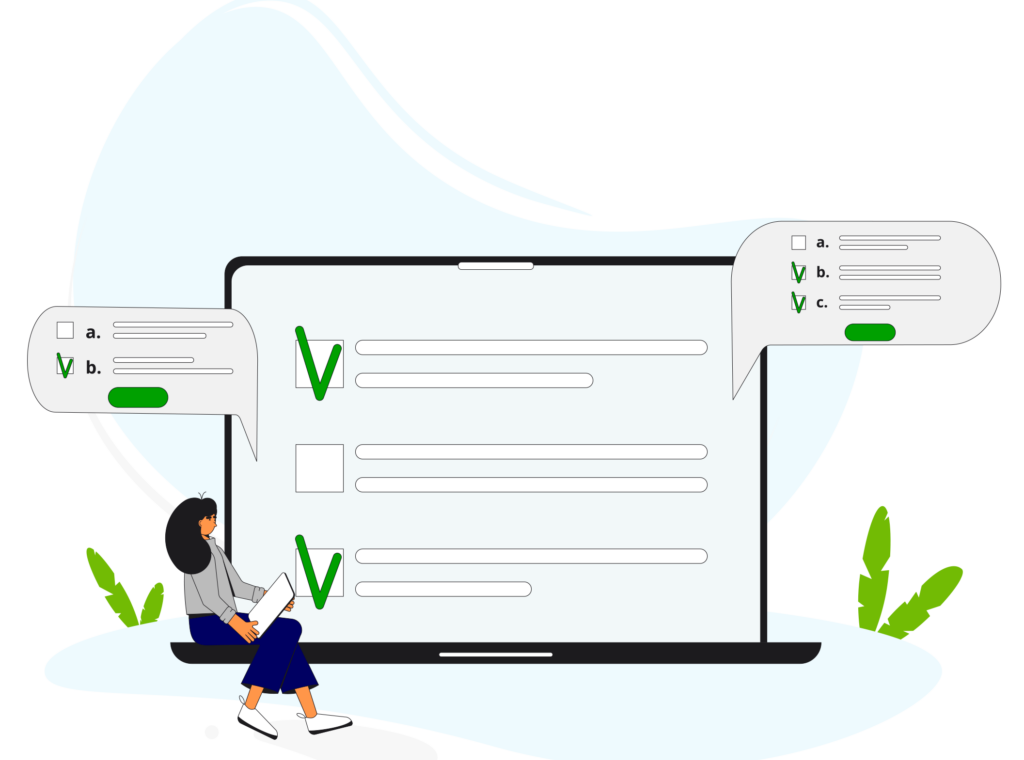Until recently, using machine translation (MT) was considered a hindrance by serious translators. Now that machine translation is powered by artificial intelligence, translators in the government are intrigued by this new technology. Forward-thinking linguist programs recognize the value of MT, and it’s only a matter of time when others will follow suit. Consider these four reasons as motivation for modernizing the status quo:
1. Translate Smarter
As with many other skilled professions – accountants, doctors, analysts – technology is a time-saver. Translators now have the same benefit. In fact, commercial benchmarks show that neural MT helps translators post-edit at 2000 words per hour. Without technology, which is typically the case in the government, translators translate at 300 words per hour. Imagine the time-savings — the same 6000-word document can now be translated in 3 hours instead of 20. Additionally, SYSTRAN MT will retain the formatting of the original document, which further saves time.
2. Save Budget for Higher Cost Tasks
Many government linguists perform tasks outside of translations, such as analysis, interpretation, cultural consulting, and executive-level reporting. With MT, a linguist has more time to devote to these tasks best performed by a person. Since translation work is less expensive to produce with automation, the saved budget can be re-allocated to the higher cost labor tasks. The result is a faster path to achieving the end goal, which may be locating the bad guy or perhaps better servicing a constituent.
3. Build Data Assets for Re-Use
A little known fact about SYSTRAN’s MT is the capability to save post-edited translations into “Translation Memory (TM)” for re-use purposes. These translations are typically saved at the sentence level in a format that links the source language to the target language. Translators can also use and develop their own dictionaries with the SYSTRAN software. These linguistic data assets, which belong to the government client, can be employed as needed to tailor translation work for specific domains and style preferences.
4. Secure Government Data
Neural MT is ubiquitous through free internet offerings. In fact, many government linguists now visit these online MT portals to aid them in their translation work. However, for cybersecurity reasons linguists are advised to use good judgement when choosing between open internet portals versus an on-premise software. On-premise software, like SYSTRAN’s, is preferred by agencies with sensitive data. Even open source analyst projects (e.g. OSINT, PAI) that need to avoid leaving any traces of identity in the open internet should consider an on-premise solution.
Increasingly, the linguist and MT roles will become more synergistic with the advancement of neural technology. Linguists will naturally become more technically-savvy, and better apt to loop that knowledge into real-case improvements to neural MT. This cycle of continuous improvement using neural MT fits perfectly into the government’s mantra to become world leaders in the field of artificial intelligence.
The AI technology to advance language projects now exists. We believe this advancement will support both budget savings and faster turnaround times whilst keeping your data secure and improving the overall quality of your translation work. Contact SYSTRAN today and get started!






